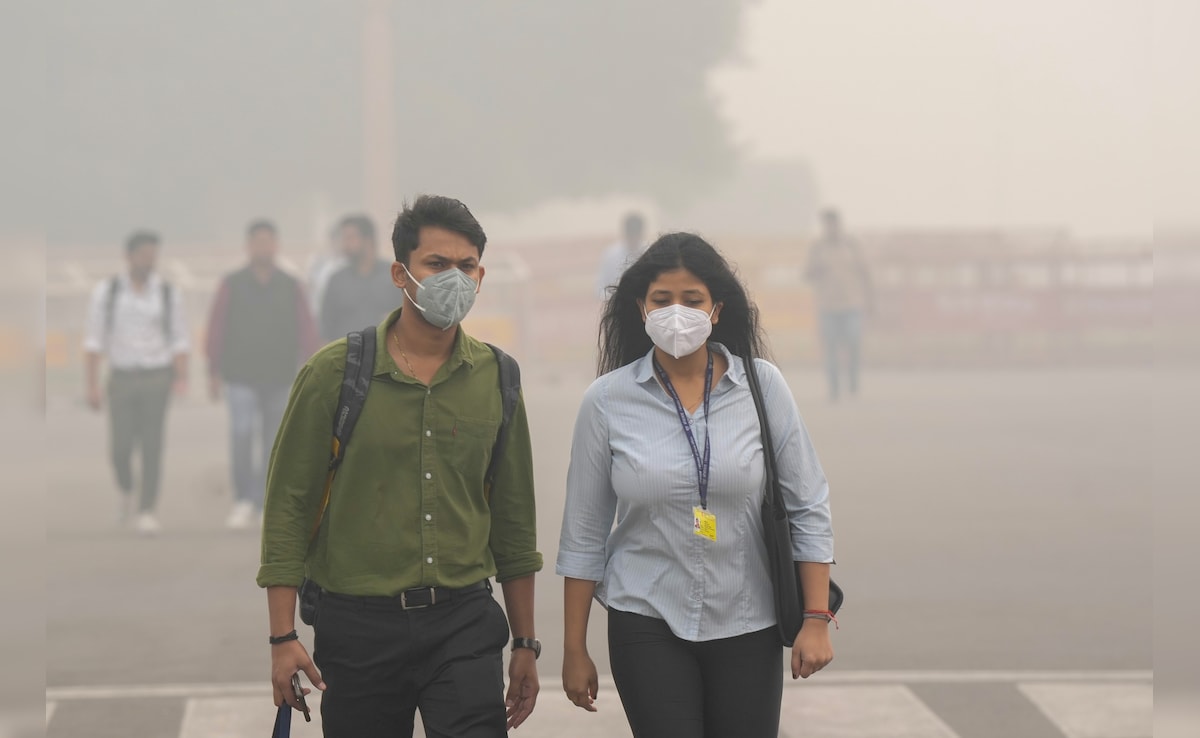At a research facility in Kyiv, forensic experts pore over the wreckage of missiles, working to confirm that despite unprecedented sanctions, Russia is still using imported components to attack Ukraine.
The courtyard of the Kyiv Scientific Research Institute of Forensic Expertise holds dozens of missiles, shells and drones, covered in a dusting of snow.
In metal-walled cabins, experts have examined wreckage from recent attacks using microscopes, screwdrivers and computers.
The researchers — mainly former military engineers — have identified parts from across the globe, despite tough sanctions on Russia’s technology imports.
AFP journalists were shown a Russian drone carburettor inscribed with “Made in Ireland” and Japanese camera lenses from a Russian Kartograf reconnaissance drone.
Russia sometimes removes foreign marks from components like microchips, said an expert identified as Oleksiy, dismissing those efforts as pointless.
“It doesn’t matter, basically,” he said.
“How do you hide it? If there are thousands of these microchips, if they wipe off a few of them, what difference does it make?”
Russia imports microelectronics and other hi-tech components for its missiles because there is not enough domestic production of sufficiently high quality.
A Ukrainian government website called War & Sanctions has a database of components found in Russian weaponry originating from over 30 countries.
– North Korea probe –
Oleksiy said “constant pressure” was needed to prevent Russia obtaining microelectronics intended for civilian use.
He said countries involved in the trade included China, Kazakhstan and Turkey.
A report this month by Kyiv’s KSE Institute and the Yermak-McFaul international working group repeated Ukraine’s concerns that “Russia continues to be able to import large amounts of goods needed for military production”.
The United States announced in early January that Russia’s close ally North Korea had supplied Moscow with missiles that it fired on Ukraine. Kyiv has yet to confirm.
The team said the institute was awaiting fragments of the suspected North Korean missiles.
“To conduct a investigation, you need samples, you need some documentation, some technical literature,” Oleksiy said.
He noted that North Korea could easily supply Russia via their shared land border.
The experts, who go to the scene of missile attacks in Kyiv, said there appeared to be a deterioration in quality of missiles.
‘Accuracy is missing’
The head of the military research laboratory, Andriy Kulchitskyi, a 68-year-old former high-ranking military sapper, said that in Russia’s recent barrages of missiles on Ukraine’s cities, strikes appear less precise.
He cited the heavy bombardment of Kyiv on January 2, during which a downed missile fell beside a block of flats near the central rail station, killing four.
“What we see from their use of their so-called high-precision weapons… (is that) accuracy is missing,” he said.
“It’s not necessarily linked to a lack of components. They have them,” he said of Russia.
“But if they specify accuracy of seven to 10 metres (23 to 33 feet) and it strikes 50-100 metres away, that already means there are production problems in the Russian industry, bad missiles.”
British Prime Minister Rishi Sunak recently visited the seriously damaged block of flats on Kudryashova Street in Kyiv, where a missile caused a crater in the yard.
Kulchitskyi said the institute’s experts were also set to examine a Russian Kh-32 cruise missile that fell in a field in the northern Sumy region bordering Russia in early January.
It just fell from the sky and broke up,” he said. “It didn’t carry out its operational task.”
The Kyiv Institute’s experts draw up their findings in response to a request from investigators and their conclusions are handed to courts.
In the case involving civilian casualties, their findings will also go to international courts investigating war crimes.














